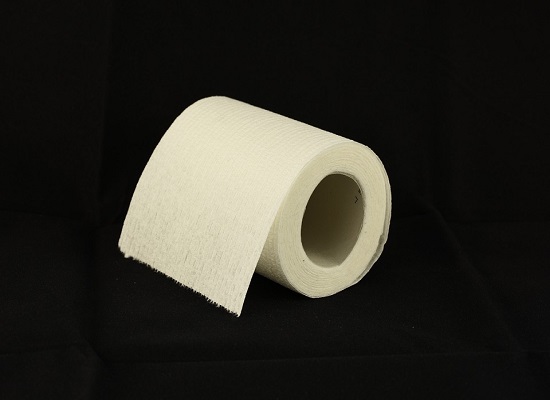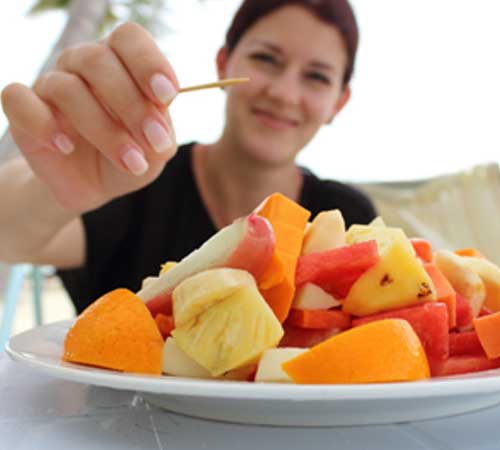
Upping a child’s interest in science may seem like an overwhelming task, but it doesn’t have to be that difficult.
Interested in raising a child who loves science, here are 5 ways to go about it.
1. Stimulate Their Interest Early
Getting children to love science can and should kick start as early as possible.
Start when they are still infants, by providing stimulating crib toys, mobiles, and activity boards.
Encouraging your toddler to touch and move things that support their natural curiosity and help them to learn as they grow.
Research has it that the earlier children are encouraged to investigate their surroundings, the more interested they are in science and the more successful they are in all areas of learning later in life.
2. Encourage Your Children To Ask Questions
Curiosity is the basis for all offshoots of science.
When your child asks a question, don’t dive into answering it, but try to start a discussion on the topic.
Tickle their curiosity and build on it.
For example, if they ask why trees lose their leaves in the harmattan season, use that to explain the seasons of the year to them.
Ask them if all trees lose their leaves or just some do.
Have them monitor a tree throughout the seasons to learn how it changes.
Be a part of your child’s science interests as they develop.
If they ask many questions about one topic, take the time to read it up.
If your child becomes interested in space ships, read about space ships yourself so you can have extensive and insightful conversations around it.
3. Help Your Child To Experiment
Experiments are a great way for children to learn how to think scientifically and build problem-solving skills.
They don’t have to be elaborate; the goal is to get your child involved and to encourage them to think like scientists.
Before the experiment, ask them what they predict will happen and why.
The why is very important. And after it is complete, ask them why they think it turned out the way it did.
For example, you can place an ice-cube on the counter and time how long it takes to melt.
Then you can place another in the refrigerator and one in the sun.
Ask your child the one they think will last longer, and why.
Encourage them to begin to think about what causes the ice-cube to melt.
4. Find Science In Your Home
In today’s world, you don’t have to work in a laboratory to experience science with your child.
Look for everyday examples and discuss the science behind their workings.
If you have an aquarium, let your child help feed the fish.
Talk about your interest in a way that gets your child involved, and your child may learn to enjoy it as well.
Encourage them to help you bake and then discuss the chemical reaction that changes the different ingredients into a cake.
Same goes if you garden. Have your child help you, and point out the different plants and animals, such as insects, that you see.
The discussion should be scientific and focused on getting your child to think critically.
You don’t need to provide a scientific lecture. Don’t bore them. Instead, ask questions like: “what do you think will happen when this goes into the refrigerator? Why do you think that?”
This will encourage them to think scientifically without them even realising it.
Share your own scientific experiences and interests with them too. If you have a science-related passion of your own, now is a good time to share it with your child.
Seeing you enthusiastic about a subject might excite them, in addition to being a great way to bond with your child.
If you work in a science lab or something related, arrange for your child to visit you at work, either alone, with a friend, or with the rest of their class.
5. Have Them Watch Television Programs And Movies That Deal With Science
These shows can either be non-fiction, such as documentaries, or fictional stories involving science.
Television and movies are great ways to make science interesting to your kids.
It is especially helpful if your child is reluctant to learn about science in the usual traditional ways.
After the program, ask your child questions about what they enjoyed the most.
Encourage them to think and talk about the ways science was used in the show or movie.
There are a host of different science shows for children of all ages.
For preschoolers, you may want to launch out with Sid the Science Guy (PBS), Octonauts (Disney and Netflix), or Blaze and the Monster Machines (Nickelodeon).
For school-age kids, check out Outer Space (Fox) or Thomas Edison’s Secret Lab (Netflix).
Children who are middle-school aged or older might like Cosmos: A Spacetime Odyssey (Fox) or Nova (PBS). SciGirls (PBS) is another science program that is targeted at tween girls.
6. Look For Science-Related Apps
This is a great way to get children to explore science without even realizing they are learning. There are a host of computer games and apps available for all age ranges on subjects such as aquatic life, animals, astronomy, chemistry, and many more scientific topics.
You can ask your child’s teacher for recommendations on educational apps.
Have You Read: 5 Things To Do If Your Child Hates Math
Also consider exploring computer games and apps that correspond to subjects that your child is currently learning in school.
There are many different science apps to pick from. Seasons and Weather! and Gazzili Science are popular apps built for preschoolers.
How it Works and Bobo Explores Light are interactive apps designed with school-aged children in mind.
For your middle-school aged children and up, try BioDigital Human, The Long Journey Home, or Virulent.
7. Have Them Play Online Science Games
Many institutions, such as the Smithsonian or NASA, have websites designed for children that include games.
Just like apps, these are a great way for children to learn while having a fun time.
If your child likes a specific game, then follow up on that topic.
For instance, if your child likes a game from the NASA website, try watching shows about space or reading books about astronomy.
Many game websites will have a list of additional resources you can use to help your child learn more about science.
Find more resources on children’s education here.



